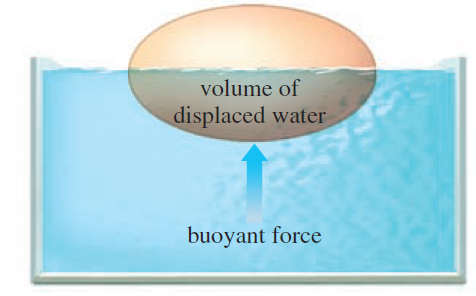Archimedes principle says that the buoyant force exerted on an object that is (partially or totally) submerged
Question:
Archimedes’ principle says that the buoyant force exerted on an object that is (partially or totally) submerged in water is equal to the weight of the water displaced by the object (see figure). Let ρw = 1 g/cm3 = 1000 kg/m3 be the density of water and let ρ be the density of an object in water. Let f = ρ/ρw. If 0 < f ≤ 1, then the object floats with a fraction f of its volume submerged; if f > 1, then the object sinks.

Consider a cubical box with sides 2 m long floating in water with one-half of its volume submerged (ρ = ρw/2). Find the force required to fully submerge the box (so its top surface is at the water level).
Fantastic news! We've Found the answer you've been seeking!
Step by Step Answer:
Related Book For 

Calculus Early Transcendentals
ISBN: 978-0321947345
2nd edition
Authors: William L. Briggs, Lyle Cochran, Bernard Gillett
Question Posted:





